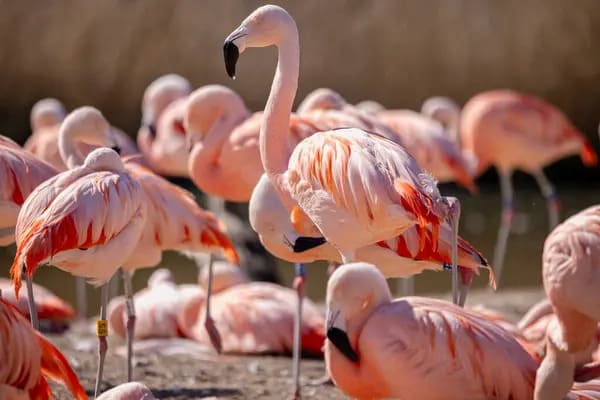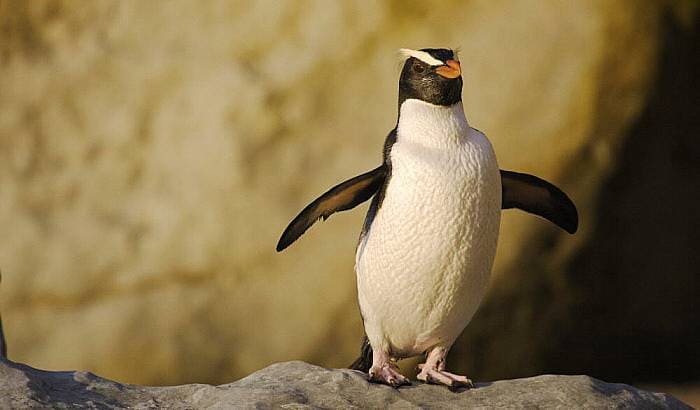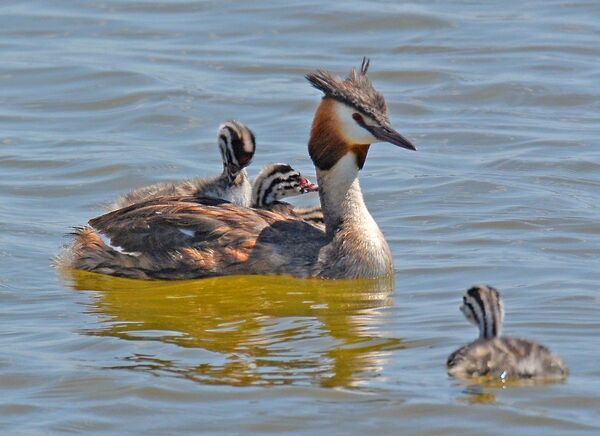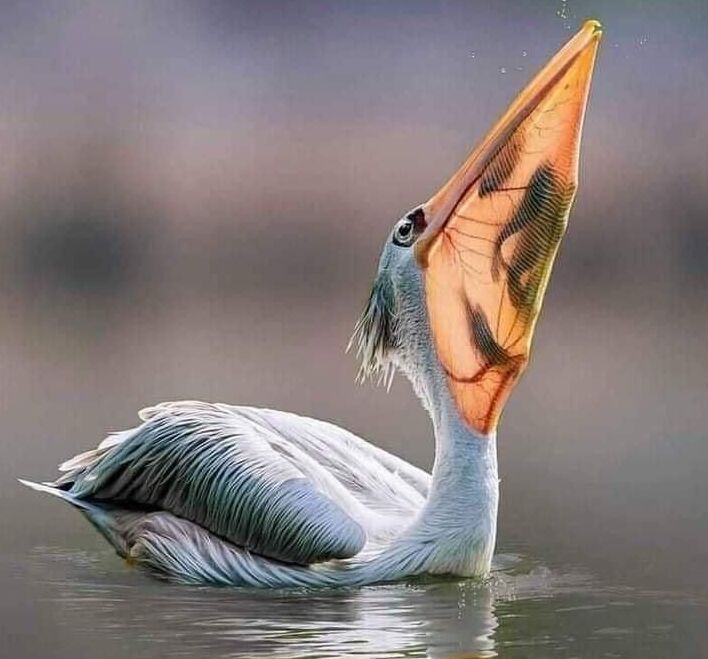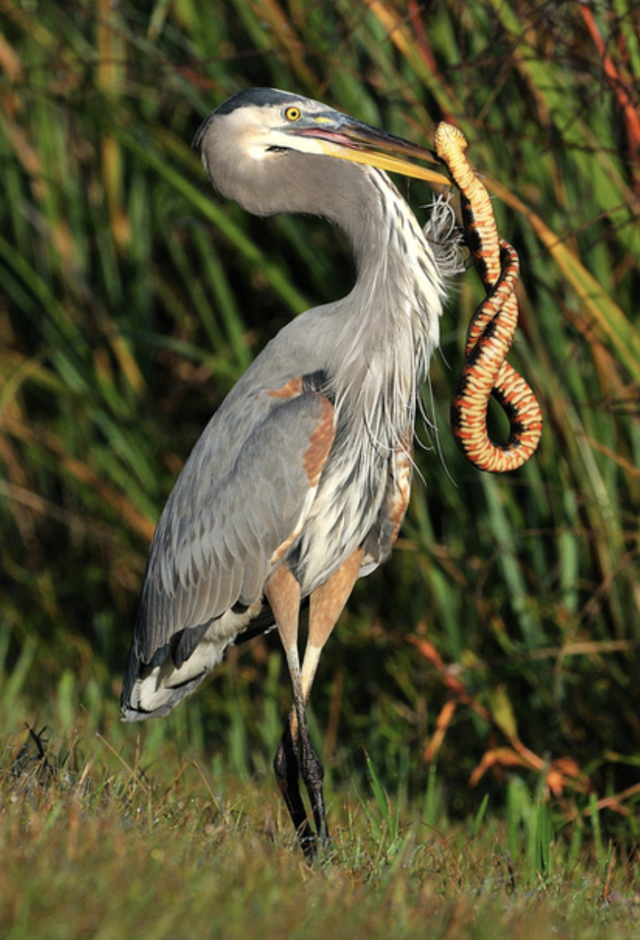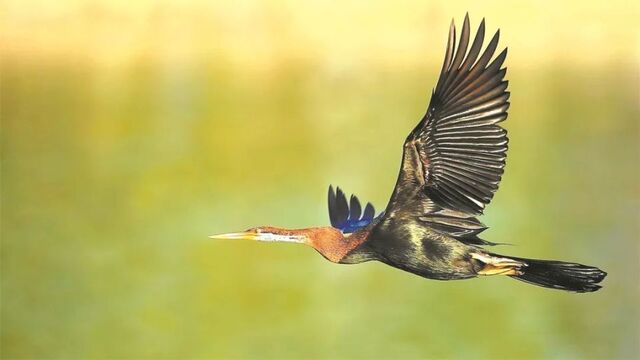Plegadis falcinellus
IUCN
LCBasic Information
Scientific classification
- name:Plegadis falcinellus
- Scientific Name:Plegadis falcinellus,Glossy Ibis
- Outline:Wading birds
- Family:Ciconiformes Ibisidae Ibis
Vital signs
- length:48-66cm
- Weight:480-800g
- lifetime:10-20years
Feature
Good at flying, with green and purple upper body
Distribution and Habitat
Resident birds: Albania, Angola, Anguilla, Antigua and Barbuda, Aruba, Azerbaijan, Bahamas, Bangladesh, Barbados, Benin, Bermuda, Botswana, Bulgaria, Burkina Faso, Burundi, Cambodia, Cameroon, Cayman Islands, Central African Republic, Chad, China, Colombia, Democratic Republic of the Congo, Costa Rica, Cuba, Côte d'Ivoire, Djibouti, Dominica, Dominican Republic, Ecuador, Egypt, Eritrea, Eswatini, Ethiopia, France, Gabon, Gambia, Ghana, Greece, Guadeloupe, Guinea-Bissau, Haiti, Honduras, India, Indonesia, Iran (Islamic Republic of), Iraq, Israel, Italy, Kenya, Lebanon, Liberia, Libya, Luxembourg, Madagascar, Malawi, Malaysia, Mali, Malta He, Martinique, Mauritania, Mexico, Montserrat, Morocco, Mozambique, Myanmar, Namibia, Nepal, Niger, Nigeria, North Macedonia, Oman, Pakistan, Panama, Papua New Guinea, Philippines, Portugal, Puerto Rico, Qatar, Romania, Russian Federation (Europe), Rwanda, Saint Kitts and Nevis, Saint Lucia, Saint Vincent and the Grenadines, Saudi Arabia, Senegal,
Appearance
The head of the colorful ibis is covered with feathers except for the naked face. Most of the body feathers are bronze maroon, the bill is long and downwardly curved, black, and the front edge of the tarsometatarsus has shield scales; the body feathers are mostly reddish brown; the top of the head, sides of the head, chin, and The front throat and other parts all have a purple-green sheen; the face is exposed, and the bare skin and eye rims are lead-colored; the neck, upper back, shoulders, and innermost wing coverts are dark and rich in maroon; the lower back, waist, and upper tail coverts are purple-green. Glossy; the flight feathers are black; the tail feathers are black, with a border gloss at the base and purple gloss on the rest; the middle coverts are purple gloss and the rest of the wings are green gloss; the axillary feathers and undertail coverts are dark purple, and the remaining feathers under the body are maroon.
The iris is gray, brown or mottled gray and brown, the ex
Details
The Glossy Ibis, also known as the Glossy Ibis in English, is a dark chestnut ibis with a shimmering color. It looks like a large dark curlew and has no subspecies.
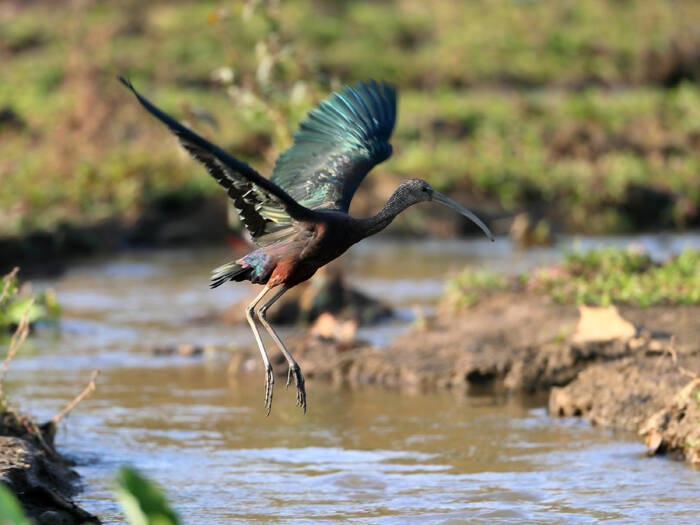
When flying, the painted ibis stretches its head and neck forward, and its feet extend behind its tail feathers. It mainly relies on the flapping of its wings, but it also glides during the flight. When flying, it flies in dense small groups or in a long "V" formation. It flaps its wings quickly, has good gliding skills, is good at flying, and usually flies a long distance. Sometimes it flies very high, and then falls sharply headfirst.
The painted ibis mainly feeds on small invertebrates such as aquatic insects, insect larvae, shrimps, crustaceans, and mollusks. Sometimes it also eats small vertebrates such as frogs, tadpoles, small fish, spiders, and small snakes. It usually forages alone or in small groups. When foraging, it walks slowly along the water's edge while inserting its long, curved beak into the mud or shallow water to explore for food, or preying on surface food it sees. Sometimes it even completely immerses its entire head in the water to explore for food at the bottom of the water. Sometimes it also runs to chase food. It forages during the day and returns to its habitat, trees, to roost at night.
The call of the painted ibis: a nasal grunt, bleating and cooing in the nesting area.
The breeding season of the ibis varies depending on the region. It usually nests in groups in spring, and often nests with other herons and storks. The size of the group ranges from a few, dozens to hundreds. It usually nests on dry land or bushes in dense reeds, and often nests on low trees. The nest is mainly composed of dead branches or dry reed stems and leaves, and a few grass stems and leaves are placed in the nest.
The size of the nest is 30-40 cm in diameter and 4-27 cm high. The nest is jointly undertaken by male and female birds. Usually the male bird transports the nesting materials, and the female bird stays on the nest to build and guard the nest to prevent other birds from stealing the nesting materials. Each nest lays 3-5 eggs, usually 4, and occasionally as few as 2 and as many as 6. The eggs are oval in shape, blue in color, 53 mm × 36 mm in size on average, and weigh 31-39 grams. The time of nesting and egg-laying in the same group is not synchronized. The breeding period can last for more than 5 weeks or even longer, and re-nesting is often found.
Usually, the first egg is laid and incubated, which is shared by the male and female birds. The male bird mainly incubates the eggs during the day, and the female bird incubates the eggs at night. The incubation period is 21 days. The chicks are late-maturing and are fed by the parents after hatching. The parents usually spit out the food after returning to the nest, or the chicks put their mouths into the parent's throat pouch to peck at it, and sometimes even put their entire heads into the parent's throat pouch. The chicks can leave the nest and fly at about 25-28 days old.
The number of painted storks in China is not large, and the distribution area is very narrow. Due to the continuous disappearance of swamps and the shrinking area of rivers and lakes, the habitats on which they depend for survival, their numbers are decreasing. At the same time, the increasingly serious environmental pollution has caused an increase in harmful substances in the water, making their living environment worse and worse. Finally, people suddenly found that they could no longer find the beautiful figure of the painted storks. The Chinese Red List of Endangered Animals had to declare that the painted storks were extinct in China. Since 2009, there have been traces of them in China. In May 2022, the rare bird painted storks were discovered in Kunming, Yunnan.
Listed in the "Red List of Endangered Species of the World Conservation Union" (IUCN) 2016 ver 3.1-Least Concern (LC).
Listed as a Class III protected animal in the Washington Convention CITES.
Listed as a Class I protected animal in China's National List of Key Protected Wildlife (February 5, 2021).
Protect wildlife and eliminate game.
Maintaining ecological balance is everyone's responsibility!

